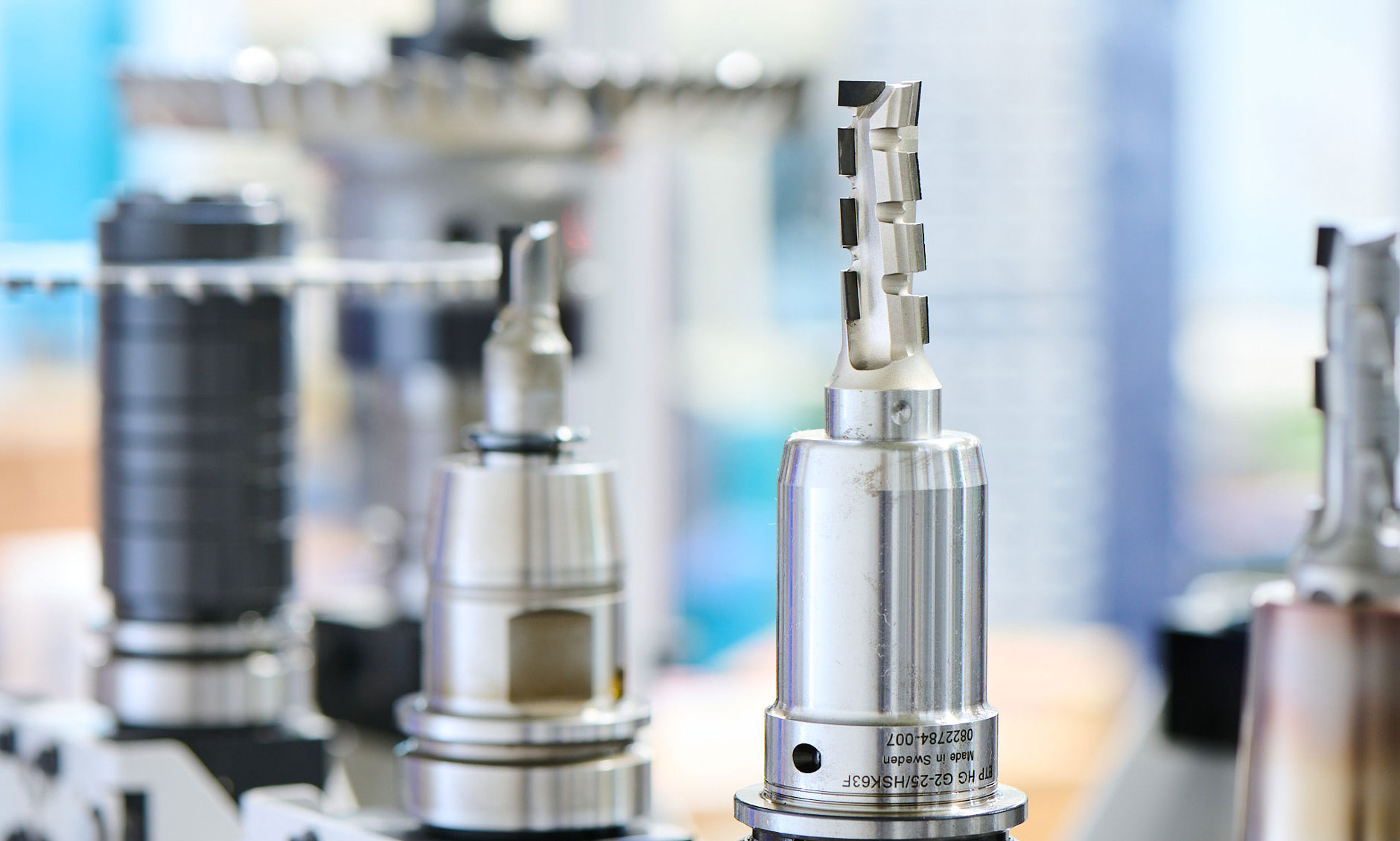
Routers
The tools of the new generation for CNC machines are developed in close cooperation with our customers, considering their individual applications and materials. Depending on the feed speed and rotational speed of the respective machine, we determine optimum diameters and numbers of teeth for best production results.
The suitable innovative solution for every problem and every application
Contact us and we are pleased to offer you all known and established DP router variants in Z =1 , 2 or 3 at short notice.
With high flexibility and automation capability our nesting cutters are extremely time- and resource-saving high performers.
Advantages and features
Decision criteria for VHW nesting cutters
- Nesting with different panel thicknesses
- Solid, unbreakable tools
- Low cutting pressure
- Good price-performance ratio
Decision criteria for PKD nesting cutters
- Nesting of 90% of a panel thickness, e.g. 19 mm
- For high feed speeds (20-27m) we recommend T=3
- Always Z = 3 in use, thanks to spiral design over the entire usable length
- Balanced to G 2.5
- Speed 24,000 rpm
- The working parameters should be at max. tooth feed speed of 0.3 mm per tooth
- ideally in the heat shrink tool holder HSK 63F
If all parameters are kept, service lives of between 25-40,000 linear meters can often be achieved.
Due to the increased requirements of our customers and materials with challenging processing steps our routers have been improved with a new, even better performance.
The advantages
- Larger axis angles even in small diameters
- Redesigned geometries on cutting edge and body
- No multiple hogging
- Increased service life, less noise pollution
Perfect clamping systems for the decisive interface between tool and machine support the tool and improve the quality of every finished product.
The advantages
- Highly efficient setting and auxiliary processing times
- Optimum concentricity tolerances
- Optimized surfaces
- Longer service life
